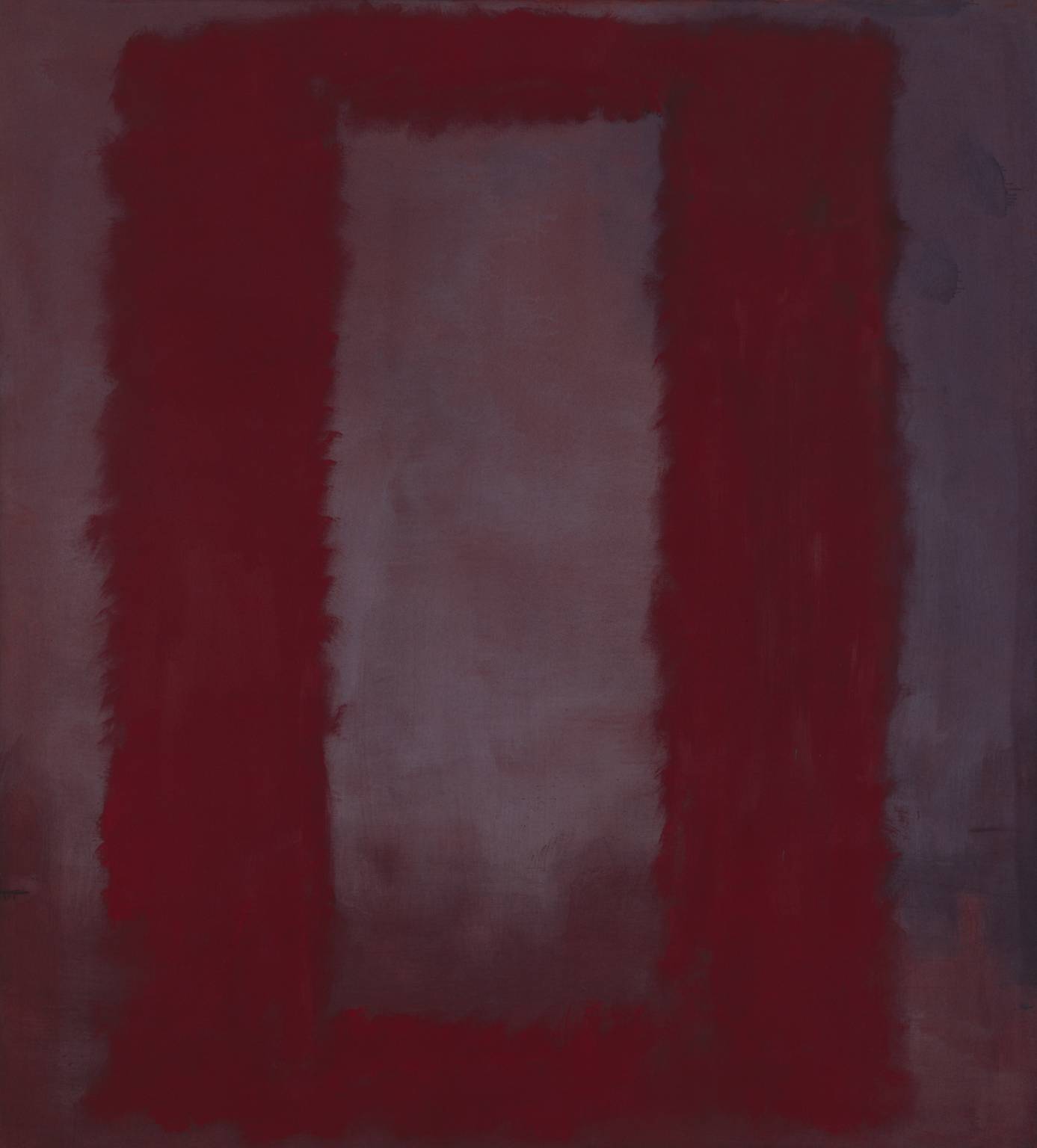Next week, the Center for 21st Century Music opens its
2017-18 concert series by celebrating its roots with a performance
of former UB professor Morton Feldman’s concert-length solo piano work Triadic Memories. Composed in Buffalo in
1981, the work will be performed by Thomas
Moore, a pianist particularly well-versed in the music of American
experimentalists like Feldman. Listeners will have the opportunity to sit on
the stage of Slee Hall, a unique opportunity for an up-close live encounter
with a major work of modernist music.
Like many of Feldman’s late works, Triadic Memories is an immersive, extended work that can be an
unforgettable experience in live performance. Indeed, the work’s material
emphasizes the liveness of performing and listening. Triadic Memories employs a strikingly limited palette of material—extremely
quiet throughout, the piece spins out short (often monophonic) melodic patterns,
themselves composed of a highly restricted repertoire of rhythmic cells and
pitches. The effect here is to focus an almost microscopic attention on otherwise
overlooked aspects of musical experience: the tactility of playing the piano,
and the mysterious workings of listeners’ memory.
Performing Feldman
Pianist Philip
Thomas writes that Feldman’s music is “a more
physical and tactile approach to sound than perhaps any previous music.” The
quietness and sparseness of his music engages the performer towards a
heightened focus on touch and tone. “In asking the pianist to play, as he so
often does, 'as soft as possible', the pianist is forced to examine his/her
touch so that the hammer strikes the string in such a way as to produce a sound
of the highest quality,” writes Thomas.
Engaging with the piano in this
way opens up a new approach to virtuosity—not an extroverted virtuosity
characterized by speed or density, but an introverted virtuosity marked by tension
between the music’s hushed, restricted tessitura and the knife-edge
concentration required to perform it. Thomas writes that “it is amongst the
most difficult music to play. The challenge to play a single note or collection
of notes very softly, absolutely clearly, is at times a terrifying prospect and
demands of the pianist nerves of steel.”
Feldman’s delicate, tactile approach
to the piano is perhaps no surprise given his contact with contemporary
abstract painters, particularly Mark Rothko. In Rothko’s paintings, there is a
similarly reduced palette of material, emphasizing subtle contrasts in hue and
brushwork. By Feldman’s own account, conversations with abstract painters like
Rothko at New York city’s famed Cedar Bar were formative in his early
development as a composer.
In his performances of Feldman, Thomas Moore brings years of personal contact with
the composer and his circle. His commitment to the work of Feldman and like-minded composers
goes back four decades, and extends beyond
performing, into writing and broadcasting. Notably, during the 1970s and 80s,
Moore produced weekly programs on new music for Baltimore-Washington area
public radio stations, including interviews with Cage, Feldman, Feldman’s
UB colleague Yvar
Mikhashoff, and friend of the Center Roger Reynolds, among others. John
Cage praised Moore, not only as pianist, but for his total artistic activities,
writing that “I am delighted that Thomas Moore plays my music, studies and thinks,
writes and talks about it.”
Listening to Feldman
If Feldman’s emphasis on tactility
calls attention to the liveness of performing, an emphasis upon memory calls
attention to the liveness of listening. That is, the extended use of repetition
and near-repetition disrupts ordinary thematic or narrative modes of listening.
In the thicket of barely different melodic variations, listeners lose their
bearings of what is similar and what is different. While sonata forms uses
rhetoric, texture, and melodic profile to articulate unambiguous relationships of similarity and difference, late Feldman pieces use subtle
variation procedures to disorient distinctions between similarity and difference. By emphasizing melodic variation as such, Feldman suggests that the possibility of more traditional melodic procedures; by frustrating these expectations, the work activates attention to the
performative, contingent, personal nature of memory. Feldman wrote that this
piece
was a
conscious attempt at ‘formalizing’ a disorientation of memory. Chords are heard repeated without any discernible pattern. In
this regularity (though there are slight gradations of tempo) there is a
suggestion that what we hear is functional and directional, but we soon realize
that this is an illusion; a bit like walking the streets of Berlin, where all
the buildings look alike, even if they’re not.
As with Feldman’s approach to the piano, his
approach to form was also informed by visual art—in this case, Middle Eastern
rugs. Attracted to the play of similar and almost similar patterns over a large
visual scale, Feldman collected and studied these rugs during his later years.



